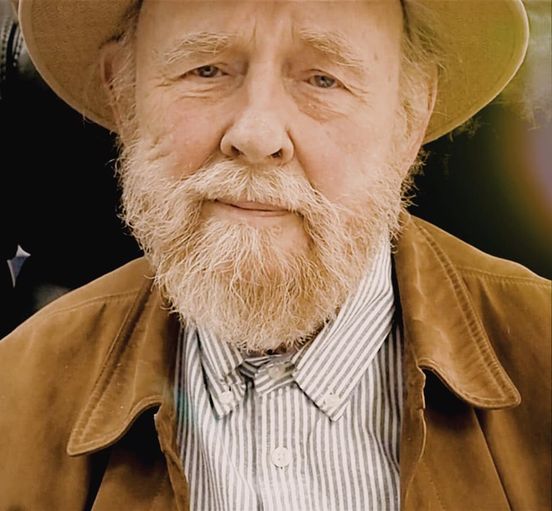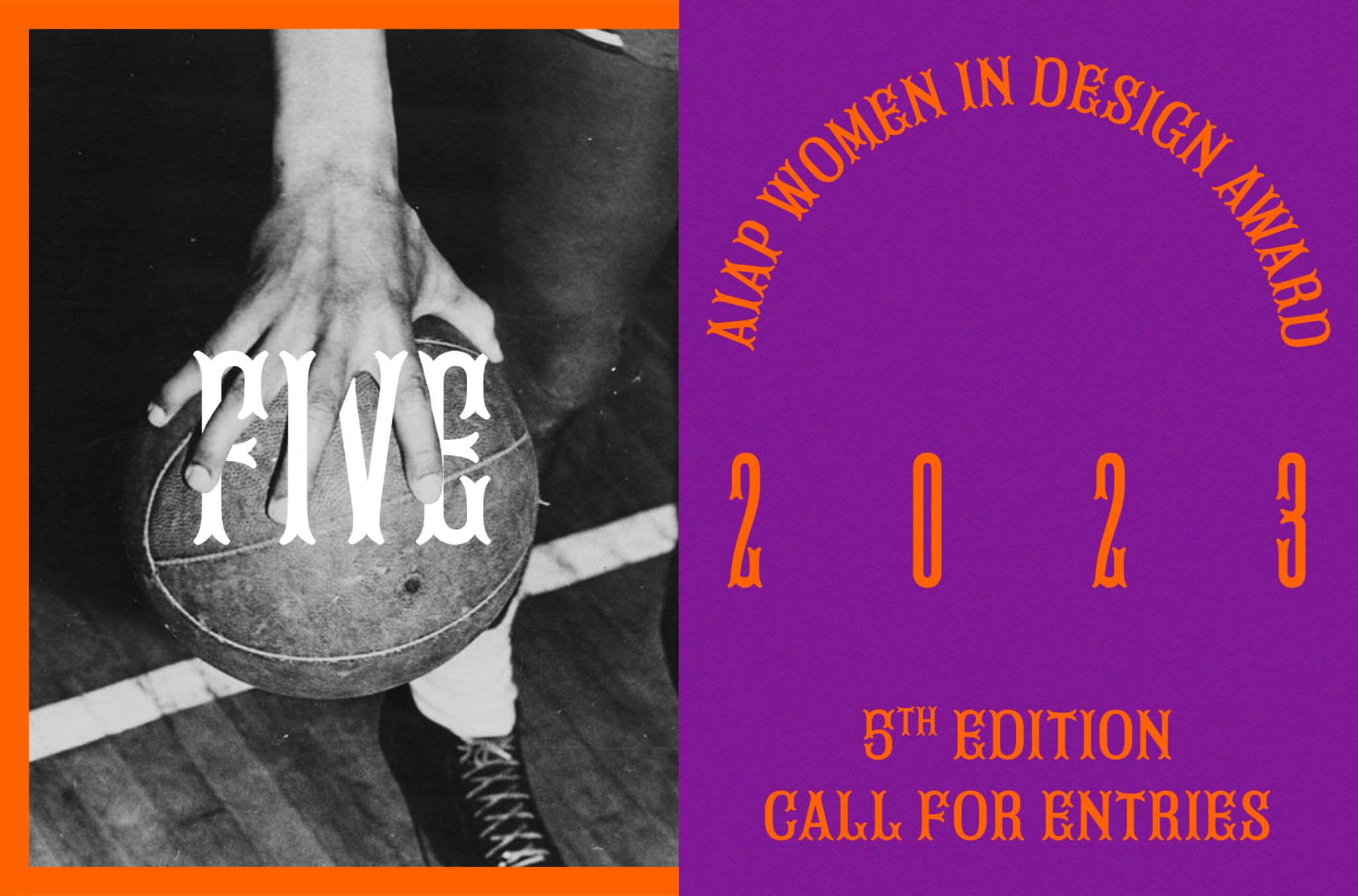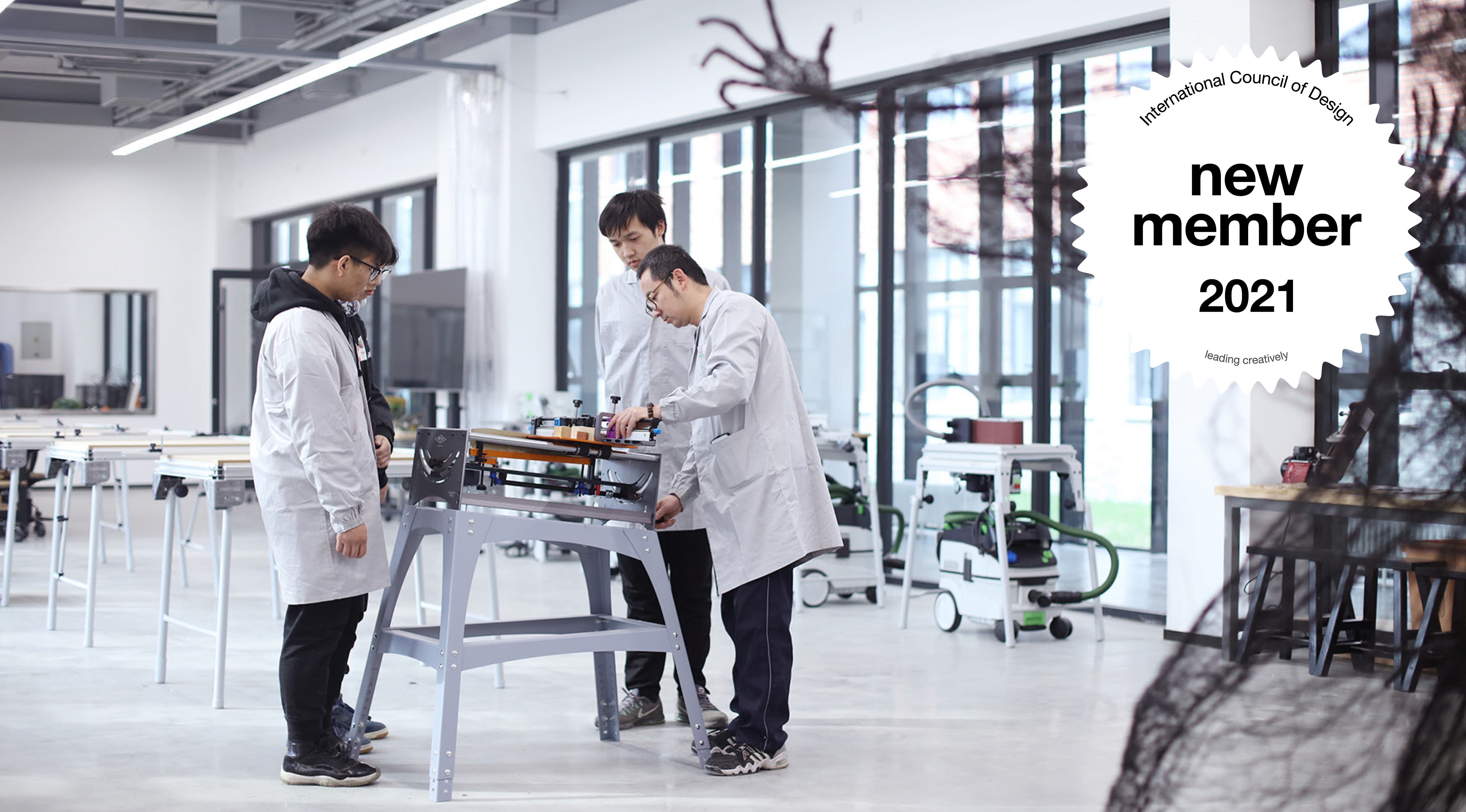VIII International Triennial of Eco-Poster 'the 4th Block' announces winners

07.05.2012 News
I) '26. The World since Chernobyl and Fukushima'
First place: Majid Abbasi (Iran) '25on25. The 25 year anniversary of Chernobyl'
Second place: Luba Lukova (United States) '25on25. Chernobyl, Fukushima'
Third place: Igor Gurovich (Russia) '25on25. 25 years since Chernobyl'
Honourable mentions
Scott Laserow (United States) 'Chernobyl 26'
Nikolay Shtok (Russia) 'Commemoration of liquidators of Chernobyl accident'
II) 'Eco-Poster'
First place: Agnieszka Ziemiszewska-Maik (Poland) 'Don't cry, save water'
Second place: Anton Stogov (Ukraine) 'Global Warming'
Honourable mentions
Yu Tian (China) 'Love panda's love'
Chen Shaofeng (China) 'Global Warming'
Oleg Vereschagin (Ukraine) 'Trace of pollution'
Seung-hoon Nam (United Kingdom) 'Dirty Water Kills Children'
Joe Scorsone and Alice Drueding (United States) 'War for Water'.
III) 'Ecology of Cuture'
First place: Elena Fomina (Ukraine) 'Pure of Culture' (three posters)
Second place: Vladimir Chaika (Russia) 'Nature. Our home'
See the posters on the 4th Block results announcement
First time in Kiev
'The 4th Block' is an art and environmental project with global reach, over 20-years history and strong reputation in international professional circles. This project demonstrates achievements of the world poster of environmental direction every three years (triennial). The main exhibition for the previous triennial was held in Kharkiv, and was exhibited, in Denmark, the United Kindgom, Turkey, Switzerland, Germany, Poland, Russia and the United States. The triennial was held in Kiev this year for the first time.
Learn more about the exhibition in Kiev.
About 'The 4th Block' Triennial
The triennial began in 1991 on the fifth anniversary of the nuclear disaster in the fourth block of Chernobyl. Oleg Veklenko, the primary organiser, was affected by his tour as a reservist mobilised to assist in recovery from the disaster and felt the weight of moral responsibility against the threat of future technological catastrophes and environmental pollution. Designers and printmakers from 54 countries responded to the invitation and their work was exhibited at Kharviv Art Museum on 26 April 1991 - exactly five years after the explosion.

relatedarticles
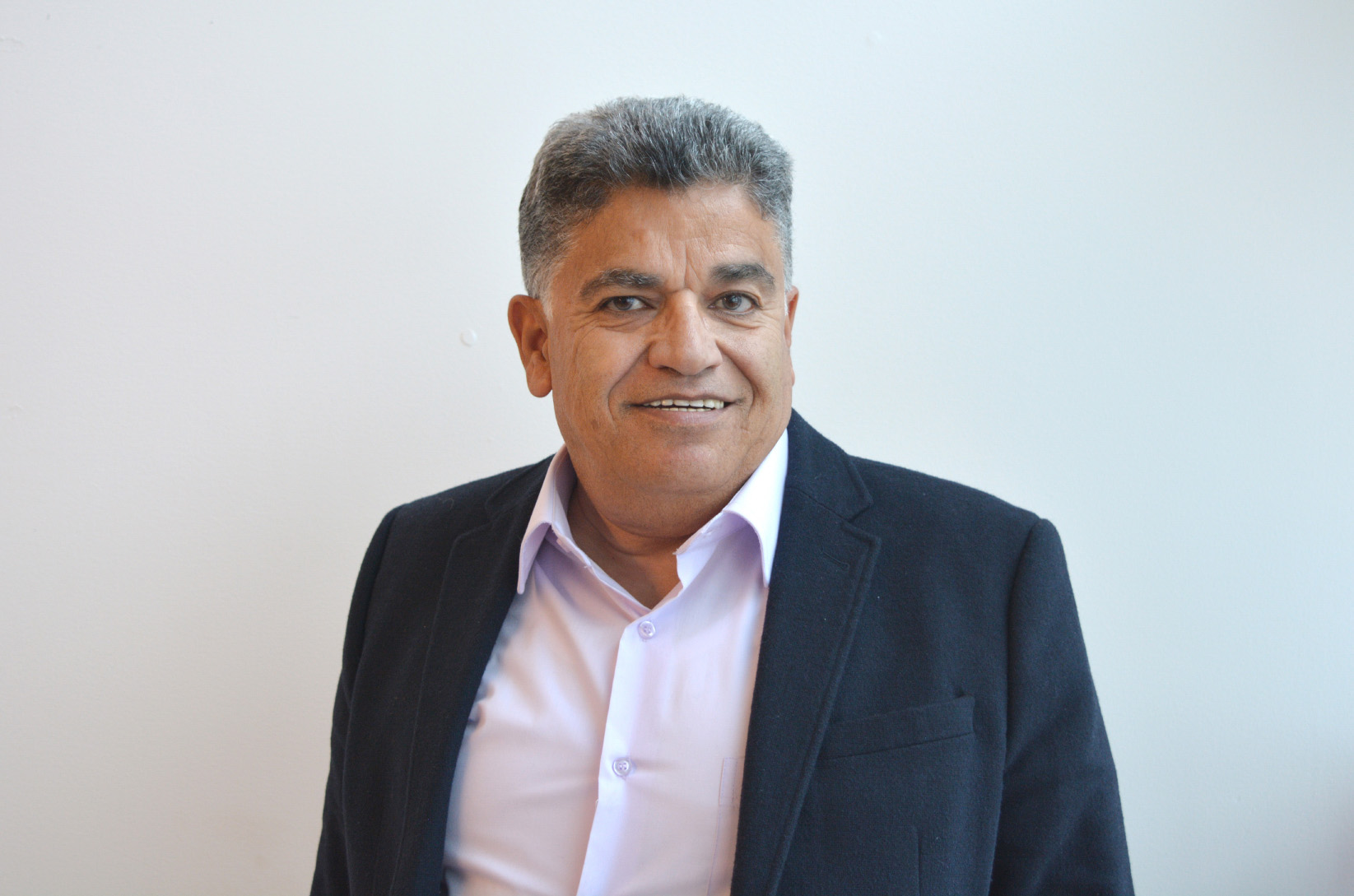
in memoriam: essam abu awad (1958-2021)
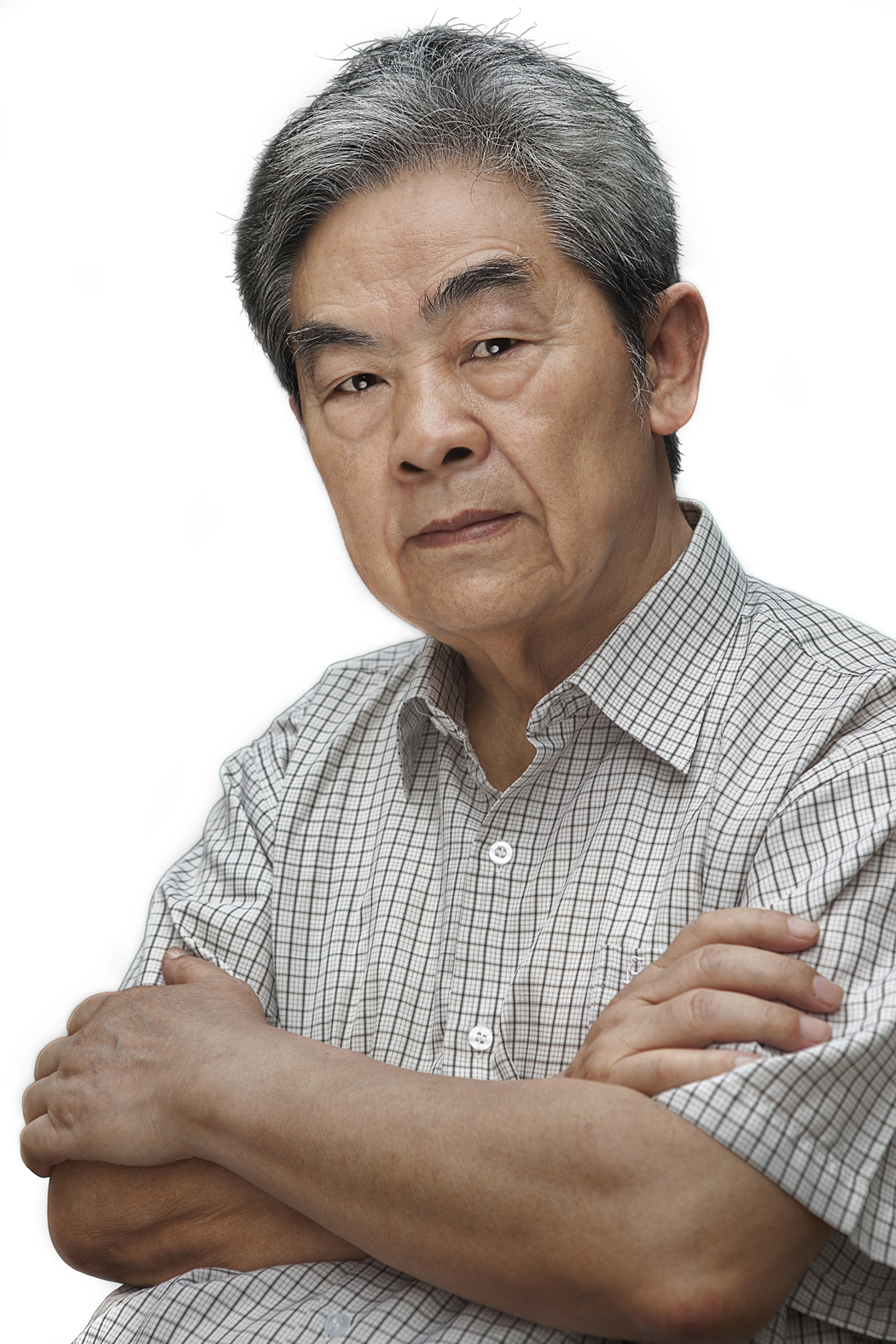
in memoriam: yu bingnan (1933–2020)
